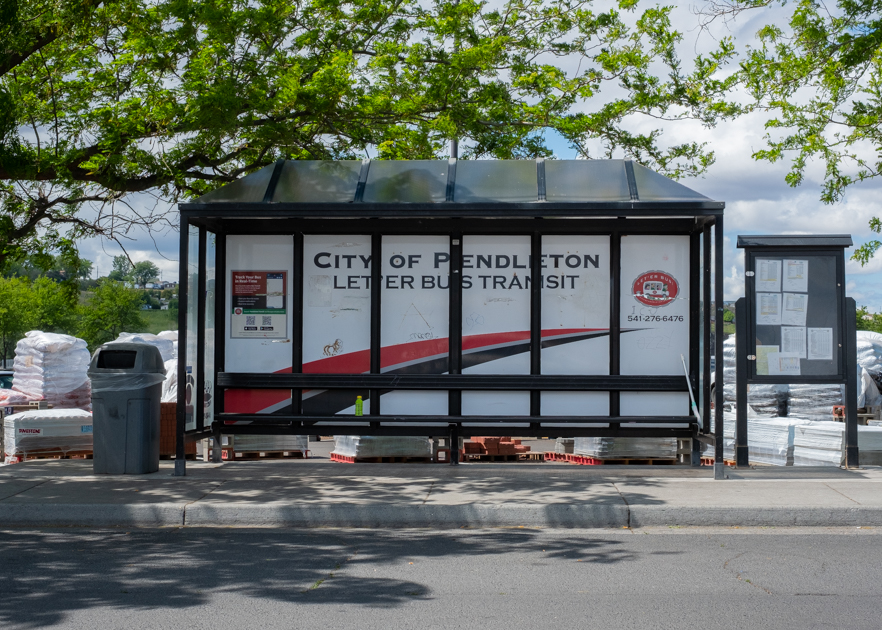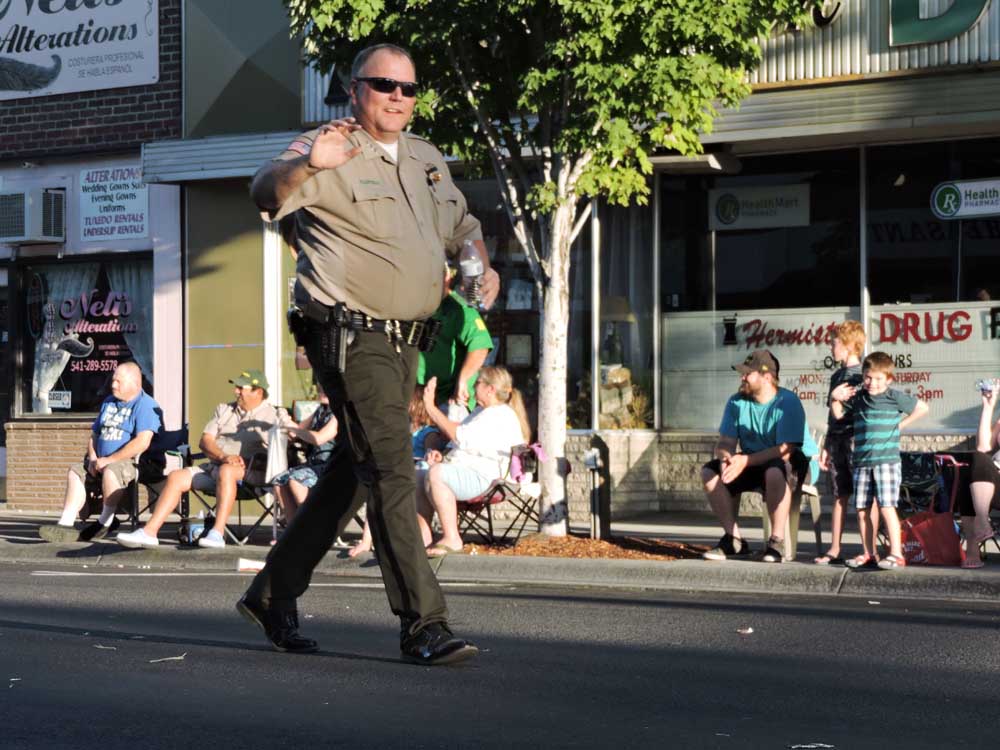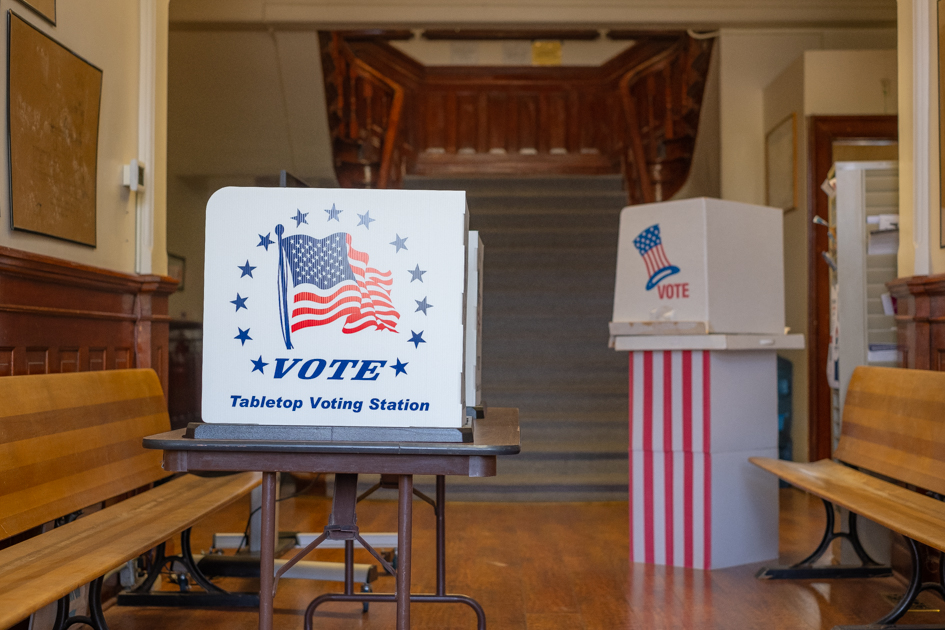Northwest Books: Cowboy legend traced back to Hollywood
Published 5:37 am Sunday, April 20, 2003
What’s a cowboy? Legend or real? Writer Holly George-Warren entertains us with her captivating answer to the question in her book “Cowboy – How Hollywood Invented the Wild West” (Reader’s Digest, 224 pages, hard cover, $32.95).
With more than 250 illustrations, her book will answer even questions unasked. The book traces the cowboy story from its beginnings on the Chisholm Trail after the Civil War to movies of today.
Older readers in particular will enjoy the look back, from Buffalo Bill to Hopalong Cassidy, John Wayne to Gene Autry. The many photos include looks at real cowboys as well as those of Hollywood, and those real cowboys who went to Hollywood, such as Round-Up star and movie stuntman Yakima Canutt.
Pendleton’s George Fletcher didn’t make it into the book, but long-ago Round-Up favorite Bill Pickett is present.
This a coffee-table book that will prove enjoyable for a long time.
But back to the question.
Can we ever learn to tell the real cowboys from the imitators? Actually, it’s easy. Shake their hand. The hand of a real cowboy is unmistakable.
Insights
Story-teller and historian Joyce Badgley Hunsaker hits her stride in “They Call Me Sacagawea” (The Lyons Press, 48 pages, paperback, $9.95).
She filled its pages with an extraordinary story and great illustrations.
Hunsaker has performed as Sacagawea in theater interpretations of the Lewis and Clark saga. Hunsaker’s bloodlines include Cherokee and Sioux, as well as English, French and Scottish.
As the explorers’ guide and interpreter Sacagawea was invaluable.
Hunsaker has written the book in first person, in the voice of Sacagawea. It’s engaging and moving. Of course, the photos of Sacagawea are Hunsaker in her stage role.
The illustrations include many artifacts of the period.
Young and old alike can enjoy and benefit from this book.
Encouraging
Allen Hershkowitz tells the story of a failure that in the long run may succeed in “Bronx Ecology – Blueprint for a New Environmentalism” (Island Press, 281 pages, hard cover, $25).
In 1991 Hershkowtiz decided to transform an abandoned railway yard in the South Bronx into a world-scale recycling mill that would take advantage of the 12,600 tons of paper discarded every day in New York. And he would create 400 full-time, manufacturing jobs.
He strove to build a business that remedied environmental problems.
But it never recycled one sheet of paper and died 10 years later. Now the ill-fated project takes on new life in a guidebook to industrial reform.





